5 Yoga Exercises for Healthy Joints
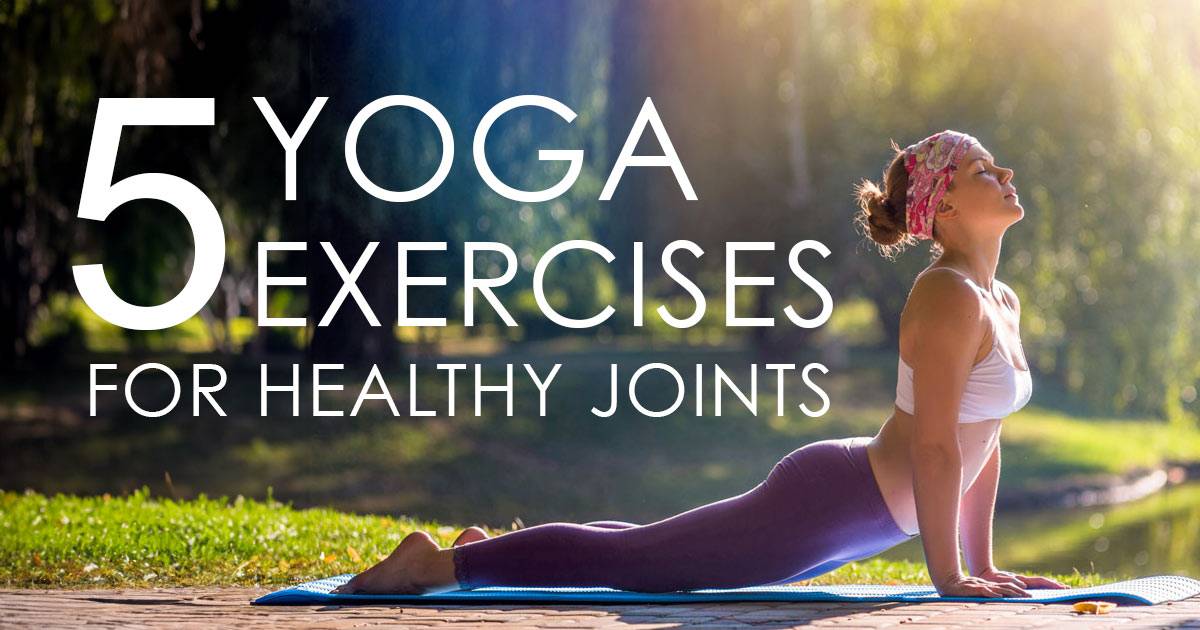
Yoga has long been revered for its ability to enhance flexibility, promote relaxation, and improve overall well-being. Among its many benefits, yoga stands out as a therapeutic practice that can significantly alleviate joint pain and stiffness. Whether you’re dealing with knee discomfort, hip stiffness, or general joint pain, incorporating yoga into your routine can bring profound relief and enhance joint health over time.
What is Yoga?
Yoga is a holistic practice originating from ancient India that combines physical postures (asanas), breathing exercises (pranayama), and meditation to foster harmony between mind and body. It’s known for its gentle yet powerful impact on physical and mental health.
Can Yoga Help with Joint Pain?
Yoga offers significant benefits for managing joint pain through its holistic approach that targets both physical and mental well-being. Its effectiveness stems from enhancing flexibility, strengthening muscles, and improving circulation around the joints. This combination not only reduces stiffness but also supports joint function and mobility. Research published in the Journal of Rheumatology highlights that regular yoga practice can alleviate joint pain by promoting flexibility and reducing inflammation, particularly beneficial for conditions such as osteoarthritis and rheumatoid arthritis.
- Flexibility: Yoga poses gently stretch and lengthen muscles and connective tissues around the joints, increasing range of motion and reducing stiffness.
- Strength: Holding yoga poses builds muscle strength, which supports and stabilizes the joints, reducing the impact of daily activities on joint health.
- Circulation: The controlled breathing techniques (pranayama) in yoga promote better circulation, delivering oxygen and nutrients to the joints while flushing out toxins and reducing inflammation.
Effective Yoga Poses for Healthier Joints
Yoga poses specifically targeting joint health can provide relief and prevent future discomfort. Incorporate these poses into your practice to promote flexibility, strengthen supporting muscles, and alleviate joint pain:
Bridge Pose
Bridge Pose involves lying on your back, bending your knees, and lifting your hips towards the ceiling while keeping your feet flat on the ground. This pose not only stretches the spine but also opens the chest, providing relief to tight chest muscles. Additionally, it strengthens the legs and glutes, offering support to the lower back and enhancing overall stability. Incorporating Bridge Pose into your yoga routine can be particularly beneficial for improving flexibility in the hips and knees, making it a valuable practice for those seeking relief from joint discomfort.
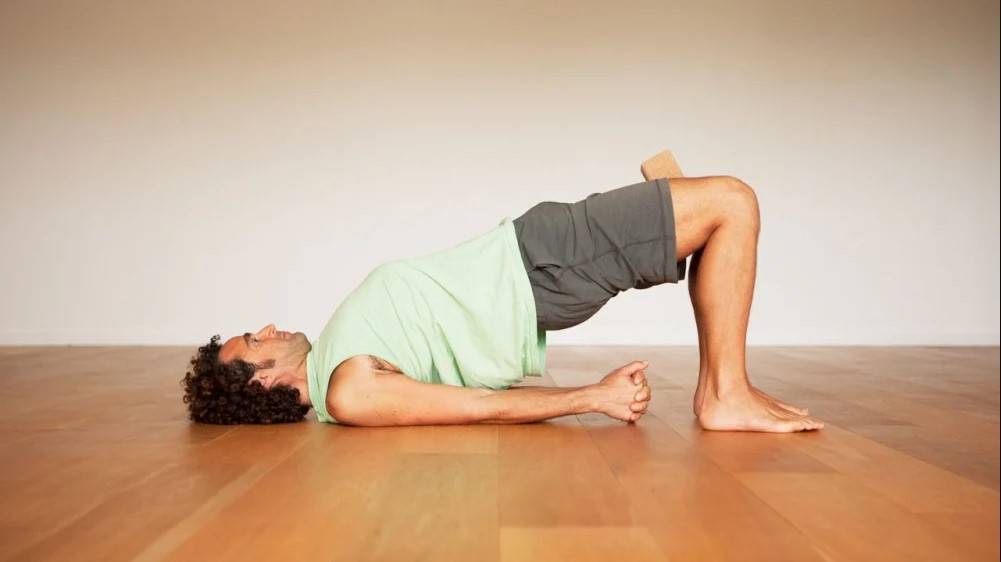
Forward Fold
In Forward Fold, you start by standing tall, hinging at the hips, and folding forward while reaching towards your toes or shins. This pose helps to lengthen the spine and release tension in the back muscles, promoting flexibility and mobility in the hips and lower back. It also stretches the hamstrings, which can become tight from prolonged sitting or physical activity. By incorporating Forward Fold into your yoga practice, you can alleviate stiffness in the joints and improve circulation throughout the body, making it an excellent choice for those looking to ease joint pain and enhance overall flexibility.
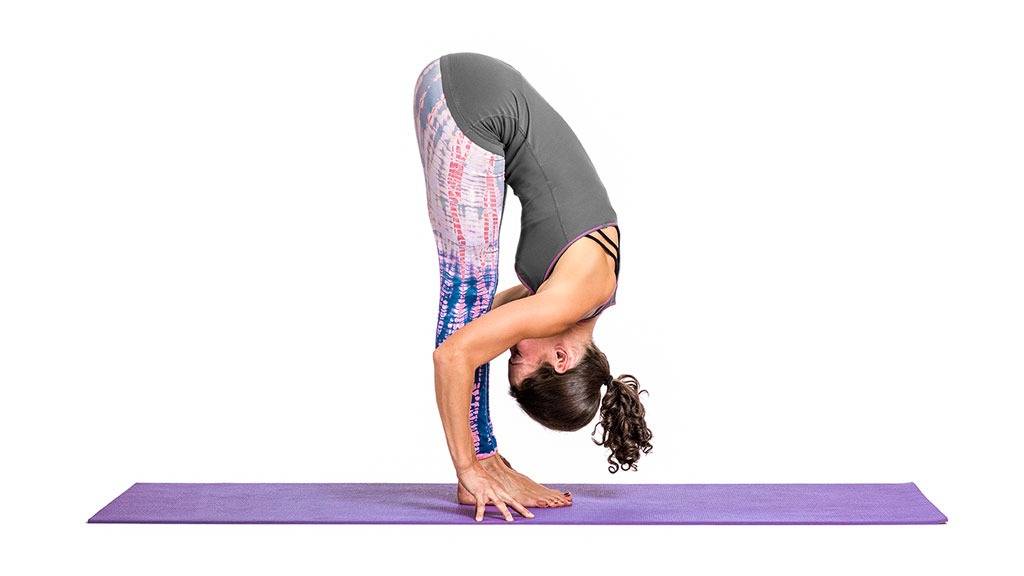
Bound Angle Pose (Baddha Konasana)
Bound Angle Pose involves sitting with your legs bent and the soles of your feet together. Hold your feet with your hands, lengthen the spine, and gently press the knees towards the floor. This pose opens the hips and stretches the inner thighs, which can become tense from prolonged sitting or physical activity. It also improves mobility in the hip joints, making it beneficial for anyone experiencing stiffness or discomfort in these areas. By practicing Bound Angle Pose regularly, you can enhance joint flexibility and reduce the risk of injury, making it an ideal choice for promoting joint health and overall well-being (Keywords: yoga for joints, yoga for knee pain).
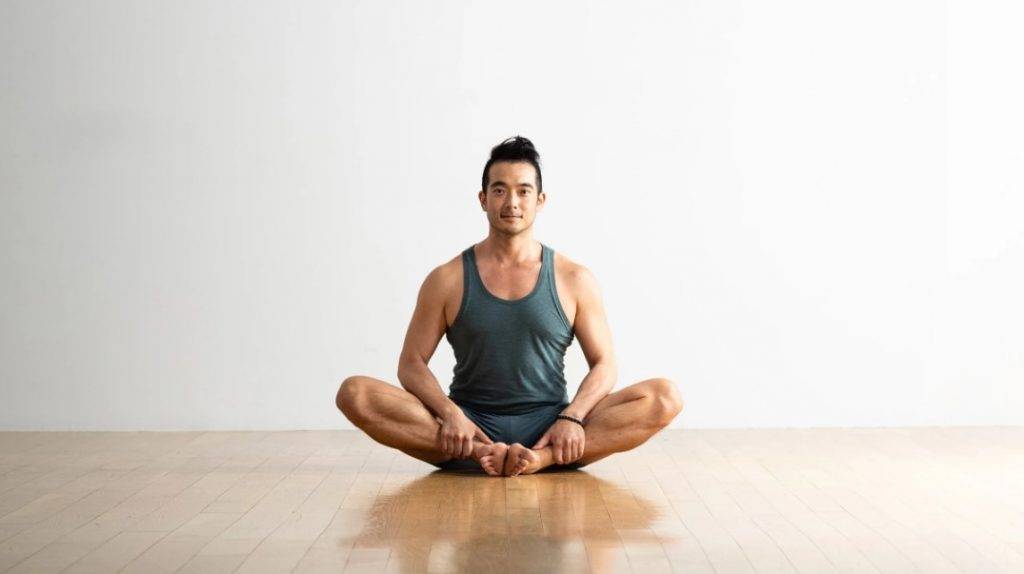
Plank Pose
Plank Pose begins in a push-up position with your arms straight and shoulders aligned over your wrists. Hold the position while engaging your core and leg muscles to strengthen them. This pose not only builds core strength but also tones the arms and wrists, providing support to the spine and improving overall stability. By practicing Plank Pose regularly, you can enhance joint stability and reduce the risk of injury, particularly in the wrists and shoulders. It’s an effective choice for those looking to strengthen their joints and improve overall body alignment.
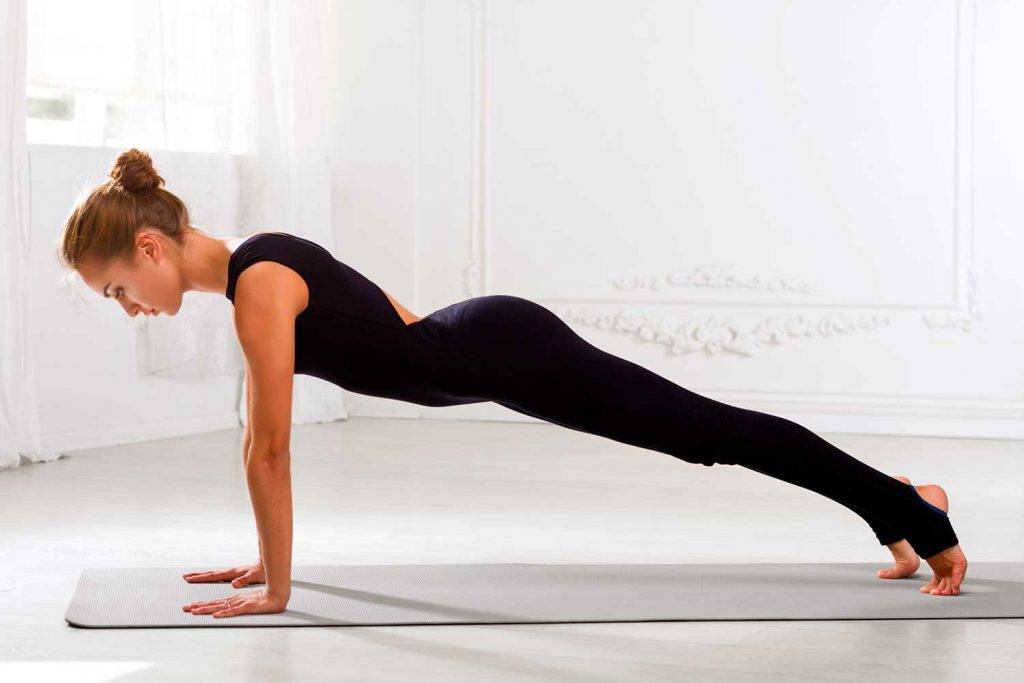
Warrior Poses (Warrior I and Warrior II)
Warrior Poses include Warrior I and Warrior II. In Warrior I, step one foot back, bend the front knee, and extend your arms overhead. This pose strengthens the legs and opens the chest, enhancing flexibility in the hips and knees. Warrior II involves extending your arms parallel to the floor, bending the front knee, and gazing over the front fingertips. This pose stretches the hips and strengthens the legs, improving stability and balance. Both poses are beneficial for increasing joint flexibility and relieving tension in the hips and knees, making them valuable additions to any yoga practice aimed at improving joint health.

Enhance Joint Health with Yoga Poses
Incorporating yoga into your daily routine can be transformative for joint health. Whether you’re aiming to alleviate existing joint pain or prevent future discomfort, the gentle stretches and strengthening exercises offered by yoga poses like Bridge, Forward Fold, Bound Angle, Plank, and Warrior can provide significant relief and enhance overall joint mobility. Start your journey towards healthier joints today by embracing the therapeutic benefits of yoga.
